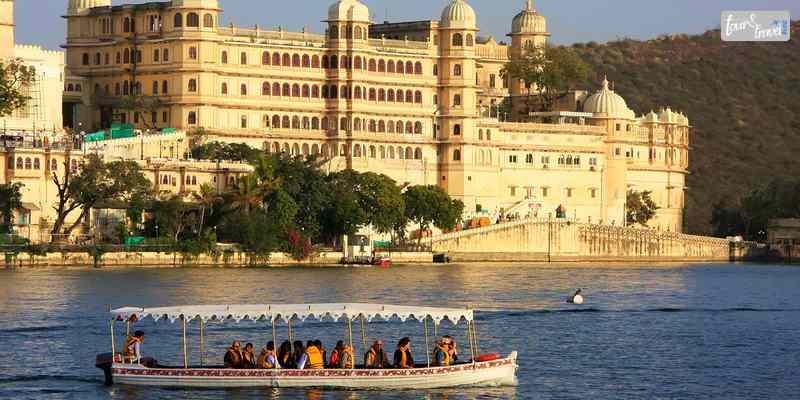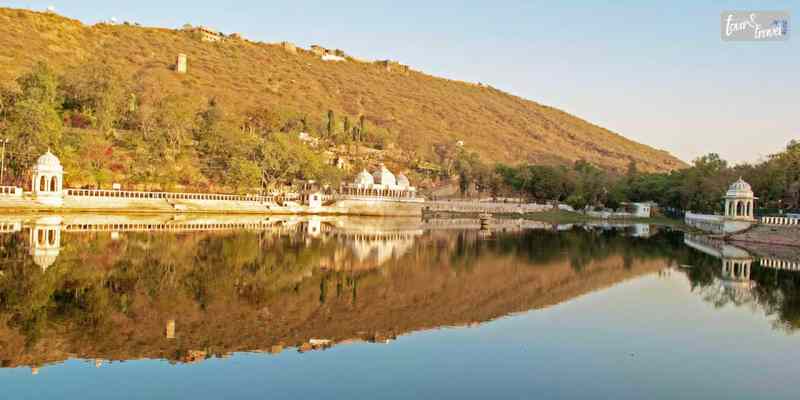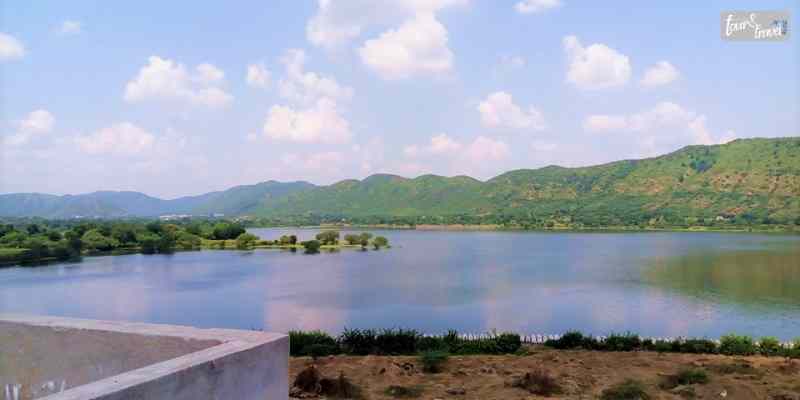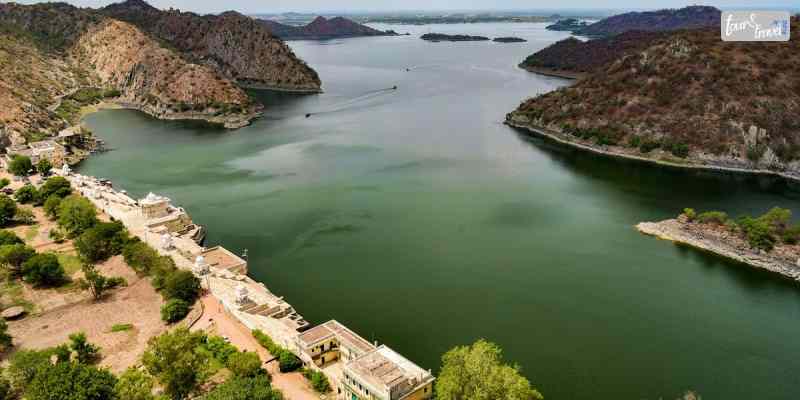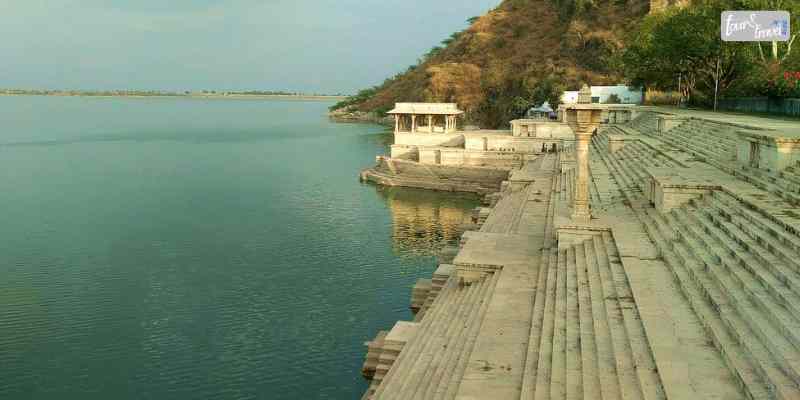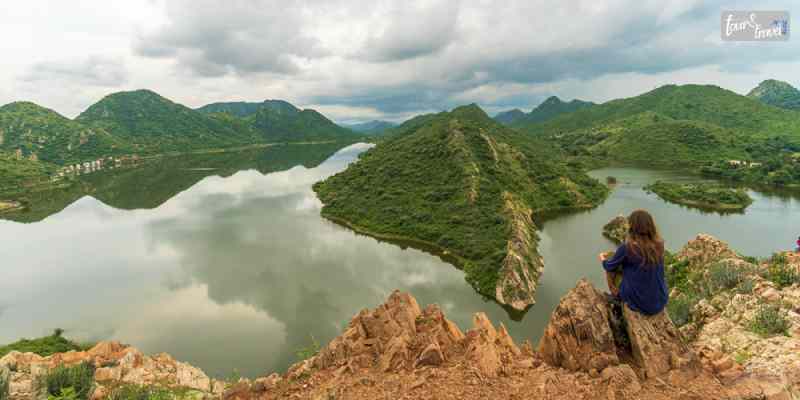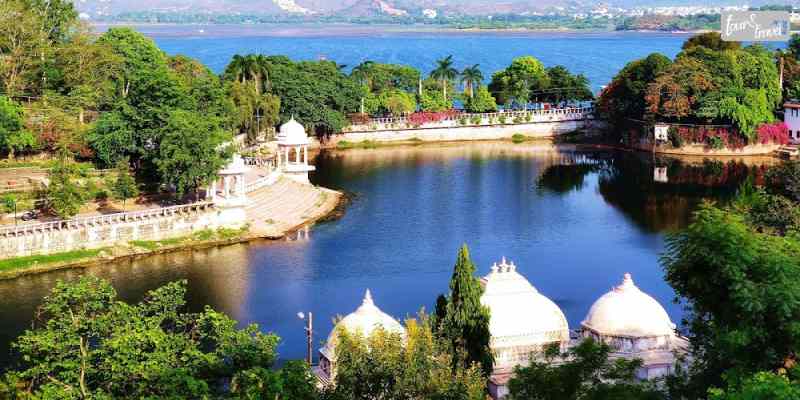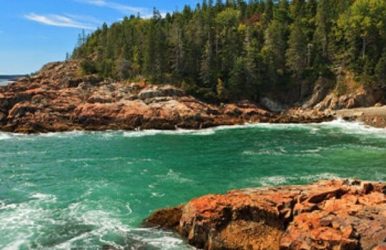A Complete Guide To Maine National Parks
BY Mashum Dec 29, 2021
Are you like me? Who loves the wilderness and the solitude. I am a solo traveler and I have visited a lot of national parks in the USA, the best of them according to me is Maine National Parks. If we share the same interest then Maine is the perfect getaway from everything. The state is considered to be the place where the beautiful rocky coastline, pine forests, lighthouses, and the Appalachian Trail await you!. When we talk about National Parks in Maine, there is only one National Park in Maine, but there are four sites that have been affiliated with the National Park services along with these there is also one National Trail that starts from Maine itself. Acadia National Park is the main park in Maine. Maine National Parks that are affiliated are: Maine Acadian Culture Centre. Katahdin Woods And Waters National Monument. Saint Croix Island International Historic Site. Roosevelt Campobello International Park. In this article, I will be giving you a complete guide on how to enjoy Maine National Parks. Stay tuned! Acadia National Park Acadia National park is where the mountains meet the ocean. This beautiful spot is located southwest of Bar Harbor, Maine. This park embraces 47,000 acres that include half of Mount Desert Island, known to be the section of the Schoodic Peninsula. There are several small islands in between as well. Acadia is known to be one of the 10 top National Parks in America, which attracts a lot of tourists. Things To Do In Acadia National Park Hiking hiking is the most popular and fun activity in Acadia National Park. For hikers they have 158 miles that are marked as hiking trails and your pets can accompany you there too. It is a great place to take your family with you and while walking you will be watching the ocean, flora, and wildlife. Wildlife For many species, Acadia National Park is their home. Look out for otters, eagles, seals, painted turtles, deer, peregrine falcons, moose, black bears, and porcupines. Not just these but there are 338 species of birds that visit this place throughout different times of the year. Water Activities To enjoy the ocean to the fullest, kayaking, canoeing, swimming, boating as well as exploring the tide pools are the right and fun choices to spend your afternoon. To spend some time with yourself you can also think about paddling around all the islands or maybe cam at some primitive sites. Solo Tours You can always explore the place by auto tours, or bus tours after a week of hiking when you just want to look around to find new interesting things. you can enjoy your own company as solo traveling. The night sky in Acadia gets stunning for being pitch black and some stars playing hide and seek. Other than this, in winter you can go ice fishing, snowshoeing, cross-country skiing, snow bowling, and dog sledding. How To Get To Acadia National Park? From Mount Desert Island or Schoodic Peninsula, by car, it is really easy to drive to Acadia. The Rv campers must know that the historic bridges have high restrictions on roads. The rest of the roads do allow buses and long vehicles. There are RV campsites that have a convenient bus system to drive tourists around the park. Therefore to explore po[ular locations you don’t need to hire a vehicle for that. Maine National Parks As I mentioned in the beginning, there are four affiliated sites that can somehow be considered National Parks in Maine. Let's see what they have to offer. Maine Acadian Culture Centre Maine Acadian Culture Centre is located in the U.S side of Saint John Valley. It shows the depth of the history of the Acadian settlers. There are places for tourists to explore the intriguing architecture of the early 1900’s church, which is now home to Musee Culturel du Mont-Carmel. You can also just wander around all your own among the seventeen buildings of the indigenous Acadian settlement. For those who would rather just stay outdoors than indoors and build memories to carry back home, have the Allagash Wilderness Waterway where angling, hunting, and canoeing are available. Katahdin Woods And Waters National Monument Possessing over 87,000 acres of Maine wilderness, this spot offers opportunities for outdoor roamers. This place is considered to be the hub for bird-watching and hiking. Katahdin is nominated as the international dark sky sanctuary. Among the Maine National Parks, Acadia National park has a pristine National Monument whose location is perfect for date gazers and campers. To those who look for adventure during the wintertime as well, snow bowling is allowed in many areas, and there are well-maintained trails for cross-country skiing. Hunting and fishing are also allowed here. Saint Croix Island International Historic Site This place attempted to have a French Colonization, which now reminds historical events dating back to 1604. The trail is fine for visitors to leisurely walk and enjoys guiding themselves while they pass the bronze statues set in homage to French settlers and admire them. There is a huge bird population and birdwatchers can easily report if they come across a new species of bird. Informal birds taking shadows are held through the entire summer. Roosevelt Campobello International Park This international park is to show respect to Franklin D. Roosevelt and his family. This 2,800-acre island is full of forests, bogs, and beaches that offer an idyllic area, slow walks, and get-togethers. People come across many cottages in the park including Roosevelt Cottage. This cottage is open to all tourists and provides guides that know how to answer the guests with politeness and information. Appalachian National Scenic Trail This Trail contains 2200 miles of habitual foot track. 281 of them are located in the state of Maine. It has ecosystems in the mountains that are quite picturesque. The tallest mountain in Maine, Katahdin, blemishes the starting of the trail and is the difficult mile on the route which is Mahoosuc Notch. As the spot has a unique climate, it is also a hub for scientific research and studies. Workshops are available to educate people who wish to join the journey. There are plenty of exploration options for all skill levels, from friendly treks to thru-hikers. All the hikers that come from far places have to get a permit before starting their adventure. Wrapping It All Up Here you go with everything you need to know before visiting the Maine National Parks. The place is considered to be the most beautiful National Park in America. All ages can enjoy the view as well as the environment. You just have to take some time out of your busy schedule and visit the place with your family. I assure you the experience is going to be so good. Read More: A Guide To National Parks In Alabama - Latest Guide A Guide To National Parks In Virginia - Latest Guide A Guide To National Parks In Wisconsin - Latest Guide Best Time To Visit Grand Canyon East National Park

